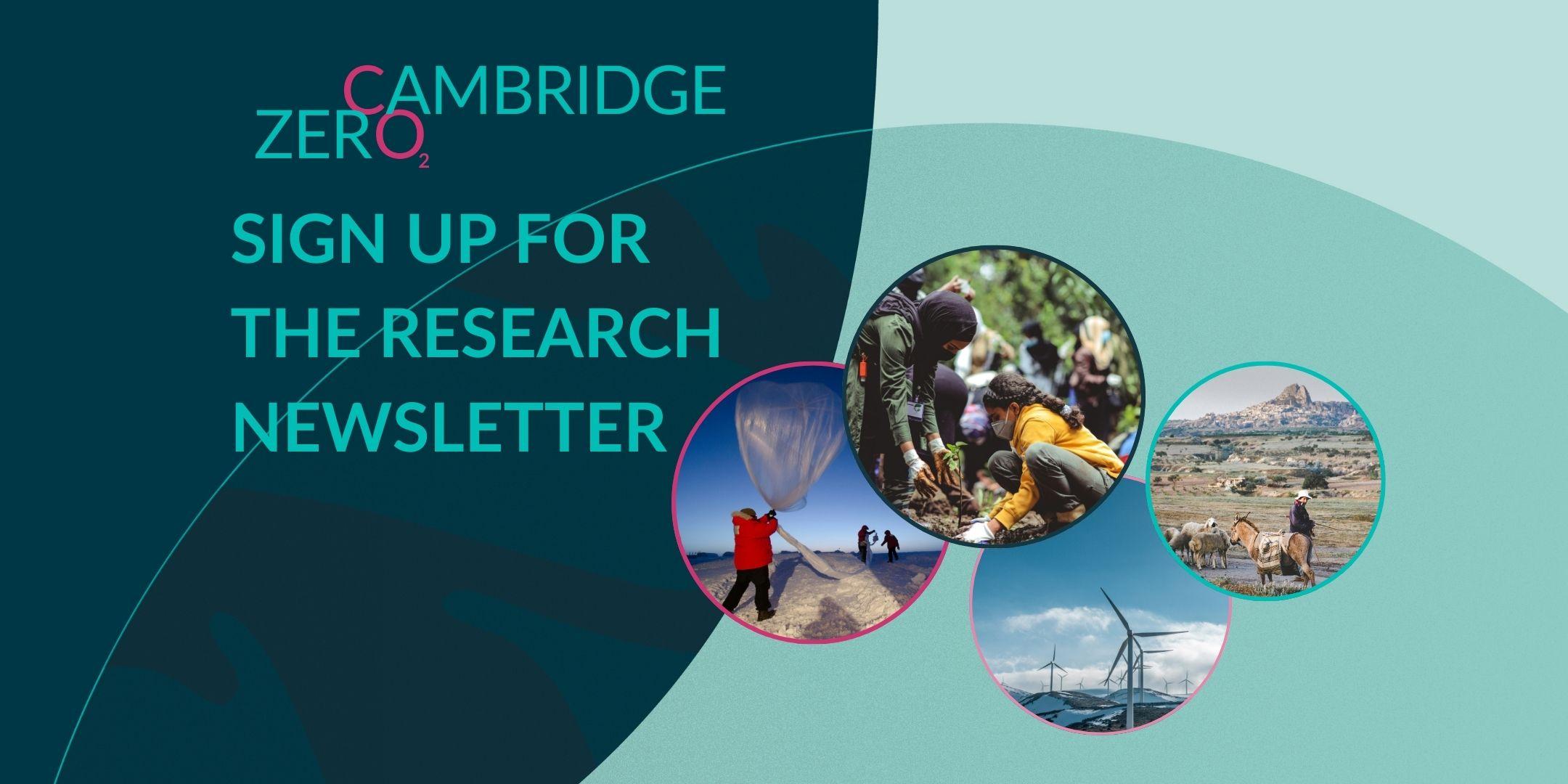1. Introduction
In November 2020, the International Law Association (ILA) unanimously adopted new guidelines on the Role of International Law in Sustainable Management of Natural Resources for Development (ILA Sustainable Resources Management Guidelines). The ILA Sustainable Resources Management Guidelines highlight the rules and standards which define, guide and direct state practice, providing a crucial roadmap for the progressive development of international law on the sustainable management of natural resources for development.[2]
This roadmap has never been more necessary. The sound stewardship of our world’s common heritage, especially our increasingly degraded natural resources, has become a matter of global, regional and transboundary concern. As scientific knowledge advances and the interdependence of natural systems is better understood, the challenges for international law are intensified by the need to provide more coherent, effective and cooperative regimes for sustainable management of natural resources of global importance. As we navigate this complex and urgent task, the ILA Guidelines propose a way for us to understand the road ahead, calling collaboration and compliance out of the current crises.
2. Global Economic Recovery with Carbon Negative, Sustainable Natural Resources Development
The stability of our climate system, a common natural resource on which humanity depends, is at risk - greenhouse gas emissions (GHGs) have doubled since 1980 and the average global temperature is already 0.7ºC higher than pre-industrial times, with the hottest years on record this decade.[3] Simultaneously, biodiversity and genetic resources, crucial for the life-sustaining systems of the biosphere, have been declining more rapidly in recent years than any other time in human history, with one million animal and plant species now threatened with extinction.[4] Further, in spite of global recognition that the resources of the oceans are common heritage of humankind, more than 300 millions tons of hazardous wastes enter the world’s waters every year.[5] This failure to conserve and sustainably use natural resources is not only an environmental issue; it also entails fundamental economic, developmental and social implications. Current negative trends in biodiversity and ecosystems are projected to affect a wide of proportion of Indigenous peoples and many of the world’s poorest local communities.[6]
Current destruction rates that devastate forests and landscapes underscore the seriousness of biodiversity loss which continues to occur across the globe. Exasperated by the increasing demands of human development, deforestation of the Amazon biome reached its highest levels in the last 10 years, and more than eight thousand kilometres of forest were devastated in 2020.[7] Similarly, British Columbia’s ancient temperate forests have been devastated by decades of unsustainable harvest rates and practices, undermining their resilience in the face of newly devastating wildfires wrought in part by climate change.[8] The microclimatic impacts arising from deforestation are numerous and well-documented, with one 2021 study suggesting that in these conditions, key areas of the Amazon actually release more carbon dioxide than they are able to store,[9] worsening the impacts of global climate change. The intricate inter-linkages between Earth’s ecological and climatic systems call for an integrated and holistic response which takes these synergies into account. As recognized in the ILA Sustainable Natural Resources Guidelines, the interactions between natural systems, signalling to the role of international law in furthering the regulation of forests and landscapes as objects of global relevance for the atmosphere and a stable climate system.[10] Forests and landscapes, as explained by the Sustainable Natural Resources, can be understood within their transboundary context as significant providers of ecosystem services for the maintenance of the global climate system, highlighting the importance of protecting these precious resources for climate change mitigation as well as the prevention of biodiversity loss.
3. Global Public Policy Guidance from the Sustainable Development Goals
In 2015, the global community adopted the seventeen global Sustainable Development Goals (SDGs), together with 169 targets,[11] as part of a cooperation agenda towards 2030 for all countries.[12] Natural resources management features prominently in nearly all of the SDGs, reflecting the centrality of natural resources governance to advance sustainable development. Indeed, the COVID-19 pandemic has dramatically reminded us all that the health of nature and the health of humanity are deeply interconnected. The future of both depends on how fast and how deeply countries will, together, align new economic and social recovery efforts with the SDG policy and regulatory agenda by means of truly cooperative efforts. International law can be critical in harnessing sustainable natural resource management for development and can function as a catalyst for the design and implementation of transformative laws and regulations that align with the key targets of the SDGs. In order to advance achievements on the world’s SDGs in the context of important global challenges, particularly in order to “build back better” or indeed, to “build forward” from the global pandemic,[13] new insights are required as to how international law and governance can promote, rather than frustrate, sustainable use of natural resources for development.
4. Advancing Sustainable Management of Natural Resources for Development through International Law
With regards to global resources, international law has rapidly evolved in promotion of a more sustainable management of the atmosphere and the mitigation of anthropocentric climate change. Under the United Nations Framework Convention on Climate Change (UNFCCC), States have committed to stabilize the concentration of atmospheric GHGs at a level that would prevent dangerous interference with the climatic system.[14] Specifically, under the Paris Agreement, States have committed to hold temperature increases to well below 2ºC above pre-industrial levels, to pursue efforts to limit temperature increases to 1.5ºC above pre-industrial levels,[15] and to put forward progressive Nationally Determined Contributions (NDCs) every five years to reflect their highest possible ambition[16] in reducing GHGs. Achieving these targets requires redoubled efforts towards sustainable management of natural resources, including the conservation and enhancement of terrestrial, coastal and marine sinks and reservoirs of GHGs, which play a vital role in determining GHG concentrations in the atmosphere, and pose risks of releasing emissions on a significant scale when disturbed.[17]
Moreover, as the ILA Sustainable Natural Resources Guidelines observe, international law prioritizes the conservation and sustainable use of biodiversity, providing a potential framework for access to and sharing of the benefits from genetic resources, and incentivizing restoration. In treaties such as the Convention on Biological Diversity, the Convention on International Trade in Endangered Species of Flora and Fauna (CITES) and the Convention on the Conservation of Migratory Species of Wild Animals (CMS)[18] States establish regimes and cooperative instruments to conserve and sustainably use biological diversity and ecological systems, taking active regulatory and protective measures through national plans, programmes, policies and international cooperation.[19] This is important both globally, but also in the context of regional and transboundary natural resources, including forests and landscapes. Given that many species are highly migratory and cross regional boundaries,[20] treaties such as the CMS[21] require States to protect, conserve and manage migratory species that traverse their territories, working together to establish agreements for the sustainable management of these species at national and regional level.[22]
With regards national natural resources of global importance, international law increasingly complements national instruments in promoting more sustainable natural resources management. This mainly occurs via shaping the regulatory space left to States to introduce and/or maintain national laws, regulations and standards. For instance, international law instruments such as the Minamata Convention have focused on governing the risks entailed in the extraction and trade of minerals,[23] requiring States reduce and eliminate the extraction and use of these minerals when it poses serious health and environmental threats (including in relation to GHG emissions). Similarly, as the ILA Sustainable Natural Resources Guidelines explain, a range of carefully crafted standards are increasingly shaping private sector practice, seeking to increase transparency, accountability and public participation by ensuring inter alia fiscal transparency, penalties for bribery, corruption and money laundering, measures to combat tax avoidance and evasion, and indeed, rules for climate risk disclosure and sustainability reporting. Indeed, regulations targeting the private sector are also helping to prevent and mitigate human rights abuses and violations of Indigenous rights by extracting industries (especially in relation to conflict minerals).[24] Instruments such as the Minamata Convention can help to reorient mineral extraction and related industries in less harmful directions, even as resource efficiency and full life cycle management offers new opportunities for reduction, re-use and recycling of key resources.
5. Innovations in International Legal Instruments for Sustainability
International legal instruments in sustainable natural resources management continue to evolve to meet today’s challenges. Noticeably, sustainable natural resources management is gaining prominence in a much larger set of international law. On the one hand, this includes international human rights treaties and, on the other, international economic agreements and multilateral economic treaties. In both cases, key advances are being piloted not just by treaties, or partnerships, but also by the international courts and tribunals.
Building on important human rights treaties and customs, regional courts and tribunals are beginning to demonstrate a deeper understanding of the nexus between human rights and natural resources.[25] This has led to an extensive and evolutive interpretation of the scope of rights and duties related to the enjoyment of natural resources, including the right of Indigenous peoples to enjoy the natural resources in their traditional lands as well as the right of both current and future generations to derive a benefit from the protection of natural resources.[26] In trade and investment agreements, States have begun to include specific chapters on “Trade and Sustainable Development” and other key implementation arrangements such as cooperative work programmes for Parties to implement mutual commitments on the environment or sustainable development collaboratively. Most recent generations of trade and investment agreements also include more specialized provisions which seek to protect and restore the environment and natural resources, such as climate finance mechanisms, the promotion of trade in more sustainable goods, services or technologies, disaster risk reduction collaboration, commitments to encourage subsidies for clean and renewable energy resources or organic agriculture, commitments to low-carbon standards, and the use of monitoring and assessment mechanisms to review the impacts of trade agreement implementation.[27]
At the multilateral level, certain progress has been achieved in, for instance, trade negotiations on the liberalization of environmental goods and services (EGS); the most significant developments, however, have emerged in the WTO dispute settlement systems, which has not ignored all opportunities to accommodate sustainable natural resources management concerns via conservation-related exceptions. Similarly, international investment agreements (IIAs) have begun to include significant aspects of environmental protection and conservation, incorporating commitments to promote sustainable development and reaffirming State rights and duties to regulate in relation to sustainable development.[28]
As the ILA Sustainable Natural Resources Guidelines highlight, the efficacy of international agreements is increasingly strengthened by ongoing engagement of wider civil society, including academic institutions, to bolster the transparency and implementation of international law. Creating an inclusive treaty environment through reports, regulatory processes, and public engagement fosters partnerships for a treaty’s implementation. In this way TRAFFIC, for instance, is a partnership devoted to supporting the enforcement of the Convention on International Trade in Endangered Species of Flora and Fauna (CITES), and multi-stakeholder Communities of Ocean Action (COA) are dedicated to implementing UN Convention on the Law of the Sea provisions. Groups such as these underpin the long-term success of international agreements, and indeed further the success of the sustainable development agenda in general.
6. Conclusion
International law has been steadily evolving to better promote the conservation and sustainable use of natural resources at the global, regional and transboundary and national levels, as the newly adopted ILA Sustainable Natural Resources Guidelines illustrate, particularly with regards common concerns and common heritage of humankind. While innovative, inter-actional development of cooperative international regimes may hold real potential to support the seventeen global Sustainable Development Goals (SDGs), actual progress in achieving the 169 targets, and compliance with the international legal instruments that support them, still falls far short. The impacts of COVID-19 pandemic add a further layer of complexity to the multifarious and interconnected global challenges that must be answered with creativity, courage and commitment. It is crucial to consider not just how to re-open the global economy, but also, how to ensure that the recovery is able to ‘build back better’ or indeed, to ‘build forward’ for the global SDGs.
Therefore, while new post-pandemic economic stimulus measures represent “the global investment opportunity of a millennium”,[29] much more needs to be done in order to overcome the current lack of collective action. All institutions, including universities which aim to educate, train and strengthen the current and next generation of leaders across different fields, can make an important contribution to overcoming the ‘capacity chasm’ gaping in our path, strengthening each countries’ commitments to a more sustainable globalization.
Professor Marie-Claire Cordonier Segger is the Leverhulme Trust Visiting Professor at the University of Cambridge, C-EENRG Fellow and Full Professor of Law at the University of Waterloo. Professor Ilaria Espa is a Senior Lecturer at Swiss Italian University and CISDL Lead Counsel for Natural Sources.
Warmest thanks are due to David Gayle, MPhil Candidate; Tejas Rao, LLM Candidate; Fabiana Piccoli Araújo Santos, LLM Candidate; and Freedom-Kai Phillips, PhD Candidate, at the University of Cambridge for their invaluable insights, research and drafting assistance.
Footnotes:
[2] Committee on the Role of International Law in Sustainable Natural Resources Management for Development International Law Association, ‘The role of international law in sustainable natural resources management for development’ in International Law Association Final Report of the 79th Biennial Conference (Kyoto 2020) (International Law Association Kyoto 2020).
[3] Intergovernmental Panel on Climate Change (IPCC), 'Climate Change 2014 Synthesis Report Summary For Policymakers' (2014).
[4] 'UN Report: Nature's Dangerous Decline 'Unprecedented'; Species Extinction Rates 'Accelerating' (United Nations Sustainable Development).
[5] Supra note 2.
[6] 'Environment | United Nations For Indigenous Peoples' (Un.org).
[7] Representing a 30% increase in deforestation since 2019.
[8] Cashore, B. (2006) “The Shaping and Reshaping of British Columbia Forest Policy in the Global Era: A Review of Governmental and Non-governmental Strategic Initiatives” (Yale University).
[9] Harris, N. L., Gibbs, D. A., Baccini, A., Birdsey, R. A., De Bruin, S., Farina, M., ... & Tyukavina, A. (2021). Global Maps of Twenty-First Century Forest Carbon Fluxes. Nature Climate Change, 1-7.
[10] ILA Guidelines, art. 2.1.2.
[11] M-C Cordonier Segger, “Pandemic Recovery, The Sustainable Development Goals and the Law”, Bennett Institute for Public Policy Blog Post, 3 November 2020.
[12] United Nations General Assembly Resolution, ‘Transforming our World: 2030 Agenda for Sustainable Development, A/RES/70/1, 21 October 2015.
[13] D. Coyle et al, “Building Forward: Investing in a Resilient Recovery” Bennett Institute for Public Policy, Report November 2020.
[14] United Nations Framework Convention on Climate Change (adopted 9 May 1992, entered into force 21 March 1994) 1771 UNTS 107 (UNFCCC), art 2.
[15] Paris Agreement (adopted 12 December 2015, entered into force 4 November 2016) UN Doc FCCC/CP/2015/L.9/Rev.1, 55 ILM 743 (Paris Agreement), arts 2.1 and 4.1.
[16] Ibid, art. 4.2-4.7.
[17] Ibid., art. 15.
[18] Convention on Biological Diversity (adopted 5 June 1992, entered into force 29 December 1993) 1760 UNTS 79 (CBD); Convention on the International Trade in Endangered Species of Wild Fauna and Flora (adopted 2 March 1973, entered into force 1 July 1975) 993 UNTS 243 (CITES); Convention on the Conservation of Migratory Species of Wild Animals (signed 23 June 1979, entered into force 1 November 1983) 1651 UNTS 333 (CMS).
[19] Supra note 1 p 6.
[20] Supra note 1 p 22.
[21] Convention on the Conservation of Migratory Species of Wild Animals (signed 23 June 1979, entered into force 1 November 1983) 1651 UNTS 333 (CMS).
[22] Ibid p 23.
[23] Minamata Convention on Mercury (adopted 10 October 2013, entered into force 16 August 2017) 55 ILM 582 (Minamata Convention).
[24] See, among others, the United Nations Guiding Principles on Business and Human Rights, the OECD Due Diligence Guidance for Responsible Mineral Supply Chains of Minerals from Conflict Affected and High-Risk Areas, the Kimberley Process Certification Scheme for Rough Diamonds, the Extractive Industries Transparency Initiative (EITI).
[25] E.g., Caribbean Court of Justice, the European Court of Human Rights and the Inter-American Human Rights system.
[26] See, infra, MC Cordonier Segger with HE CJ Weeramantry (eds), Sustainable Development in International Courts and Tribunals (Routledge 2017).
[27] See, among others, MC Cordonier Segger, Athena’s Treaties: Crafting Trade and Investment Agreements for Sustainable Development (OUP, 2021); M W Gehring and E Morison (2020), Climate and Energy Provisions in Trade Agreements with Relevance to the Commonwealth, International Trade Working Paper 2020/11, The Commonwealth Secretariat; E Blot and M Kettunen (2021), Environmental Credentials of EU Trade Policy: A Comparative Analysis of EU free trade agreements, Institute for European Environmental Policy Report.
[28] See, for instance, the modernization process of the Energy Charter Treaty.
[29] M-C Cordonier Segger, supra note 3.



